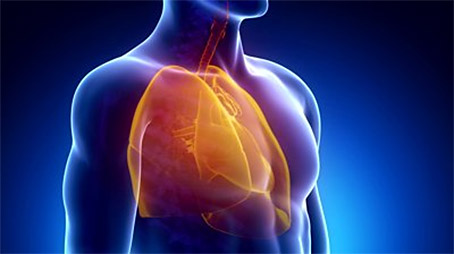Inner Parts
Getting towards the end of a book on biblical architecture, I am thinking that perhaps the answer to Peter Leithart’s very good question concerning the “missing heart” in Leviticus might be found in the layout of the Tabernacle. He writes:
Ancient Israelites offered the inner organs of sacrificial animals – entrails, kidneys, a portion of the liver. The heart is never mentioned. In all of the complicated sacrificial instructions of Leviticus, the word leb never appears, even once. We learn what happens to the stomach (Deuteronomy 18:3) but not the heart.
This is all the odder when we realize that the heart is often associated with one of the sacrificed organs – the kidneys (kilyah). Yahweh examines heart and kidneys (Psalm 7:9), tests the mind and heart (Psalm 26:2); when the Psalmist’s heart is embittered, it is as if something has pierced his kidneys (Psalm 73:21; cf. Jeremiah 17:10; 20:12).
And it is odd because the heart is so central to Hebraic anthropology. Out of it come the issues of life (Proverbs), and Israel is commanded to be devoted to Yahweh with the heart (Deuteronomy 6:5). What better way to express this than to offer the heart ceremoniously into the altar fire?
Perhaps the heart is implied in the qereb, the “inner parts” that are placed on the altar (the “inner parts” and heart are juxtaposed in, e.g., Psalm 64:6). Even so, why not make it explicit?
No theories here. Only questions.
Perhaps the best place for me to begin in presenting a theory is the structure of the text in the Creation of Adam. It not only recapitulates the “forming and filling” of the Creation Week, it prefigures both the furniture of the Tabernacle and the rite of sacrifice:
“…then the Lord God
(Sabbath/first day/Ark)
formed the man
(Passover/firstborn/Veil)
of dust from the ground
(Firstfruits/law given/Altar & Table)
(Pentecost/law opened/Lampstand)
(Trumpets/law received/Incense)
and the man became
(Atonement/mediation)
a living creature.”
(Booths/the nations)
(Genesis 2:7 – for more discussion see Spirit of Adam – 1)
If the heart were to be identified in this passage, where would it feature? It seems that “all flesh” would correspond to the Bronze Altar. (On the stone altars before the establishment of the Levitical law, it was indeed all flesh which was consumed. Men did not eat with God.) Adam’s lungs were filled in a prefiguring of Pentecost. It wasn’t until his lungs were filled that he became a living being.
So, my theory is that the reason the heart is not mentioned is because the Lord will not separate it from the lungs. The central three “Ethical” steps of this Covenant-Man are a symbolic union of heaven and earth (dust and air). They result in the first use of a human windpipe as an instrument. Only once this Priest-King-Prophet process is complete does the human heart begin to beat.
I did find a reference to these body parts in the Babylonian Talmud:
HE HOLLOWED OUT THE BREAST AND GAVE IT TO THE ONE TO WHOSE LOT IT HAD FALLEN. HE CAME TO THE RIGHT FLANK AND CUT INTO IT AS FAR AS THE SPINE, WITHOUT HOWEVER TOUCHING THE SPINE, UNTIL HE CAME TO THE PLACE BETWEEN TWO SMALL RIBS. HE CUT IT OFF AND GAVE IT TO THE ONE TO WHOSE LOT IT HAD FALLEN, WITH THE LIVER ATTACHED TO IT. HE THEN CAME TO THE NECK, AND LEAVING TWO RIBS ON EACH SIDE OF IT HE CUT IT OFF AND GAVE IT TO THE ONE TO WHOSE LOT IT HAD FALLEN, WITH THE WINDPIPE AND THE HEART AND THE LUNG ATTACHED TO IT.
— Babylonian Talmud, Tractate Tamid 31a
Soncino 1961 Edition, pages 23-24
The Tabernacle layout is humaniform (and indeed cruciform), so upper part of Adam corresponds to the Holy Place. The heart, which is situated slightly to the left of the human body, would correspond to the Golden Table, which symbolises the Firstfruits offered to God (both bread and wine, flesh and blood). But there are two lungs, not just one, so the Tabernacle imagery breaks down. Or does it? Rather than requiring two lampstands on left and right (which we do see in Solomon’s Temple, but each of the ten lampstands has its own Table, since it is a “bridal house of resurrection”), it would seem that the lamp is the reception of the light of the Law from heaven, and the lungs themselves picture “the house filled with smoke,” the clouds of incense which are a response to the Law, the testimony of a good conscience, the fragrant witness of an accepted sacrifice, the law written on two tablets of flesh. Indeed, the first words spoken by Adam are for the purpose of naming his bride.
So, there it is. The life is in the blood, but that life is sourced in heaven. Lungs and heart are treated as “one flesh,” a permanent tryst between heaven and earth.


























